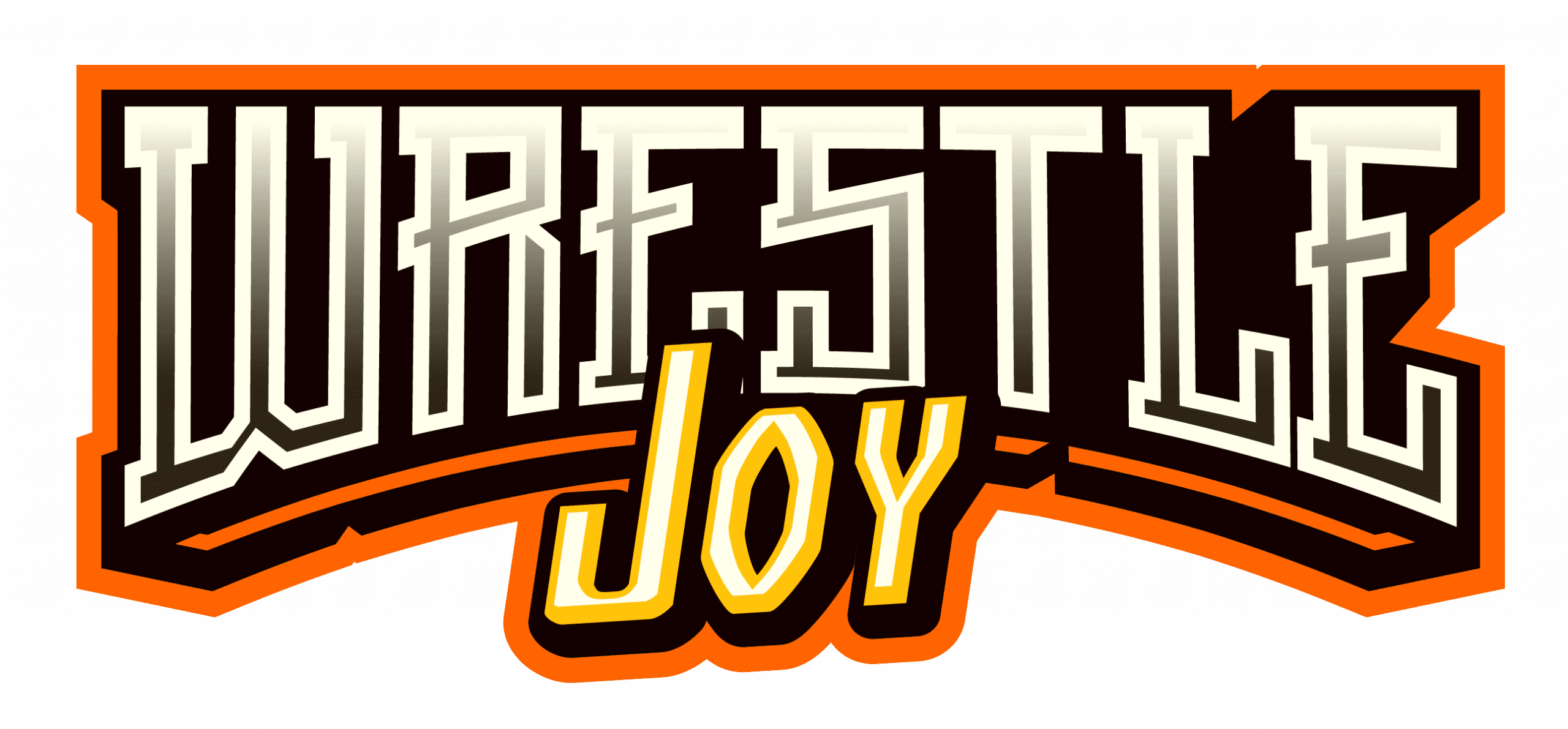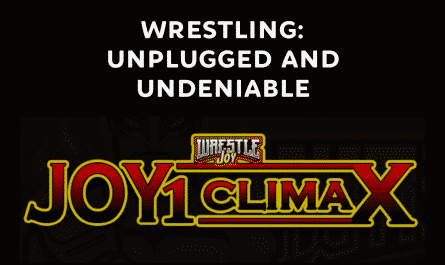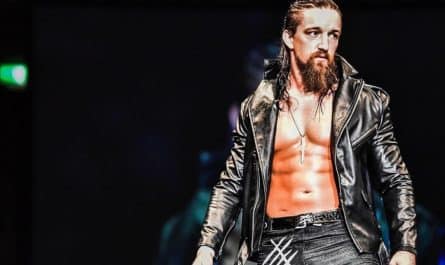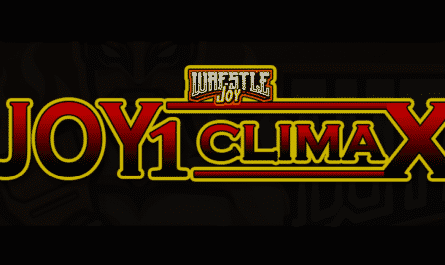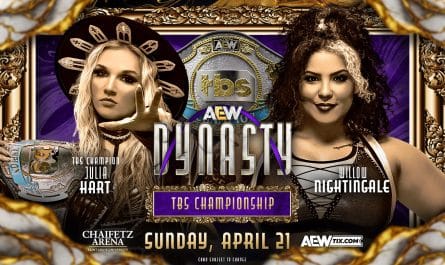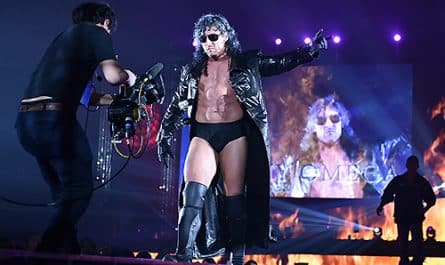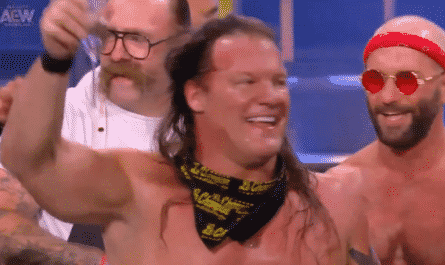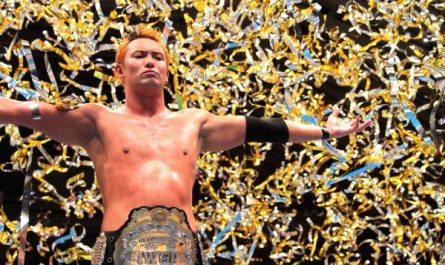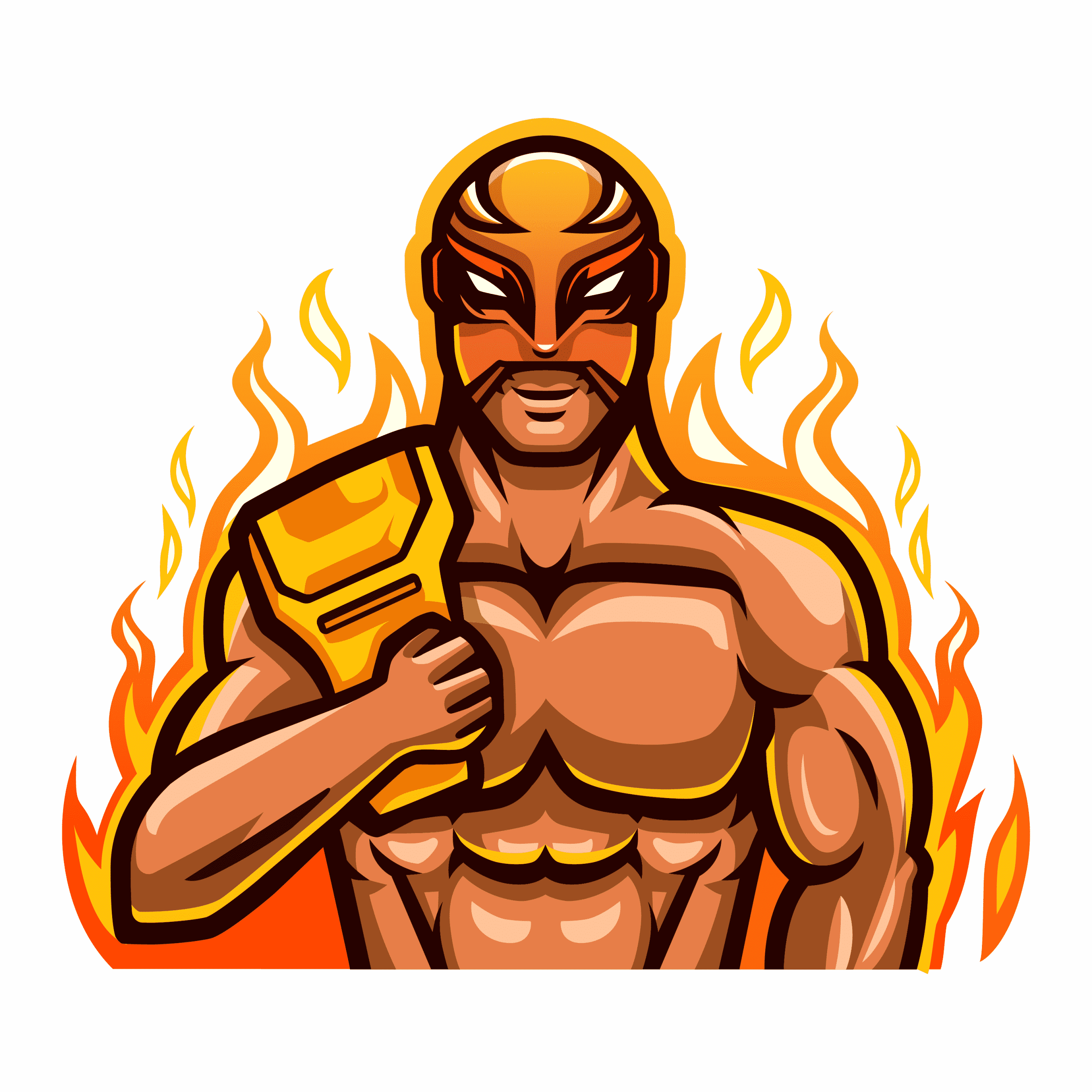Last week, Travis Orndorff, the son of the legendary Paul Orndorff, announced that his father had passed away after a bout with dementia.
Orndorff was a major headlining act in the territories from 1977 to 1987. He defeated Jerry Lawler for the Southern title in Memphis, won the NWA World Tag Team Championship with Jimmy Snuka in Mid-Atlantic, and battled with Bob Roop and Jake Roberts for the North American title in Mid-South. His biggest run of the early 80s came in Georgia. He won three National Championships in Georgia and challenged Ric Flair for the NWA World Championship. However, in the Rock n Wrestling-era WWF, Orndorff had his greatest success feuding with Hulk Hogan in the most profitable house show in company history. They sold more than 60,000 tickets to the Exhibition Stadium in Toronto for what wasn’t more than a simple live event. Working with Hogan, Orndorff was earning five figures per week.
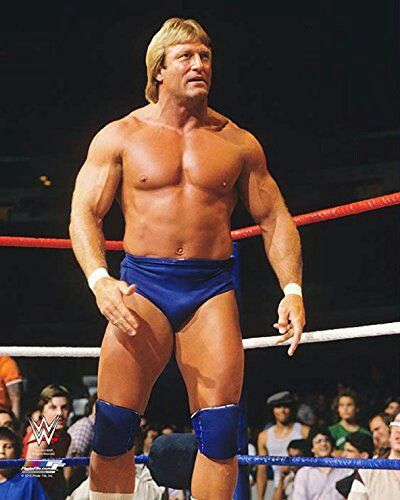
The rivalry with Hogan left Orndorff in bad shape physically. An untreated neck injury left him with nerve damage in his right arm. In early 1988, Paul Orndorff stepped away from the ring. After a handful of indy shots, Orndorff surfaced in WCW in the summer of 1990 as one of Sting’s Dudes With Attitudes. The gimmick was a lousy fit for Mr. Wonderful, who left the promotion that fall. After a run with Herb Abrams’s bizarre UWF in 1991, Orndorff showed up in the fledgling Smokey Mountain Wrestling. Though Orndorff didn’t stick around the Jim Cornette-led company very long.
In late 1992, Orndorff’s old Mid-South boss, Bill Watts, gave him a shot to return to WCW. More than six years after his last big run with a national company Paul Orndorff was thrust directly into a main event angle, sparking a rivalry that would reignite his career. The man who helped usher in Mr. Wonderful’s return to prominence: Mick Foley, aka Cactus Jack.
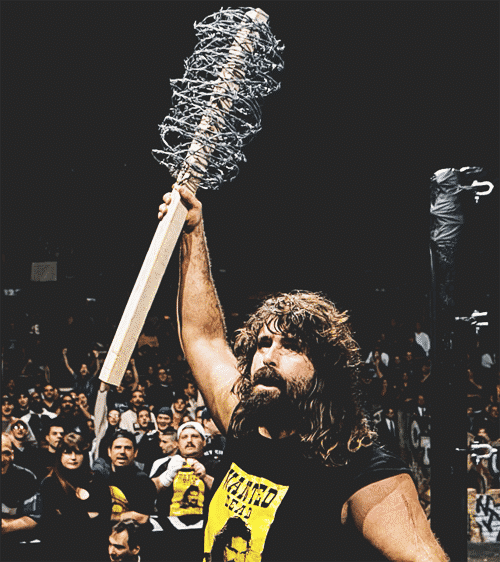
On the surface, the idea of Paul Orndorff feuding with Cactus Jack doesn’t sound right. Orndorff was a major star in the 70s and 80s. Mick Foley, mostly under his Mankind guise, was a WWF World Champion in the Attitude Era. However, in the strange world of the mid-90s WCW, they crossed paths. For Foley, it was a chance to redefine his career. For Orndorff, it would be his last great run.
Coming into 1993, United States Champion Ravishing Rick Rude was the top challenger for Ron Simmons World Heavyweight Title. The two were set to meet at Starrcade 92, but an injury left Rude unable to compete. At Starrcade, Rude was replaced by Dr. Death Steve Williams. However, the company had further plans for the US Champion. Rude was set to headline the January 12th Clash of the Champions, teaming with Barry Windham, The Barbarian, and the new WCW World Heavyweight Champion Big Van Vader, who defeated Simmons weeks before the event. Simmons was set to team with Dustin Rhodes, Sting, and Heavy Metal Van Hammer.
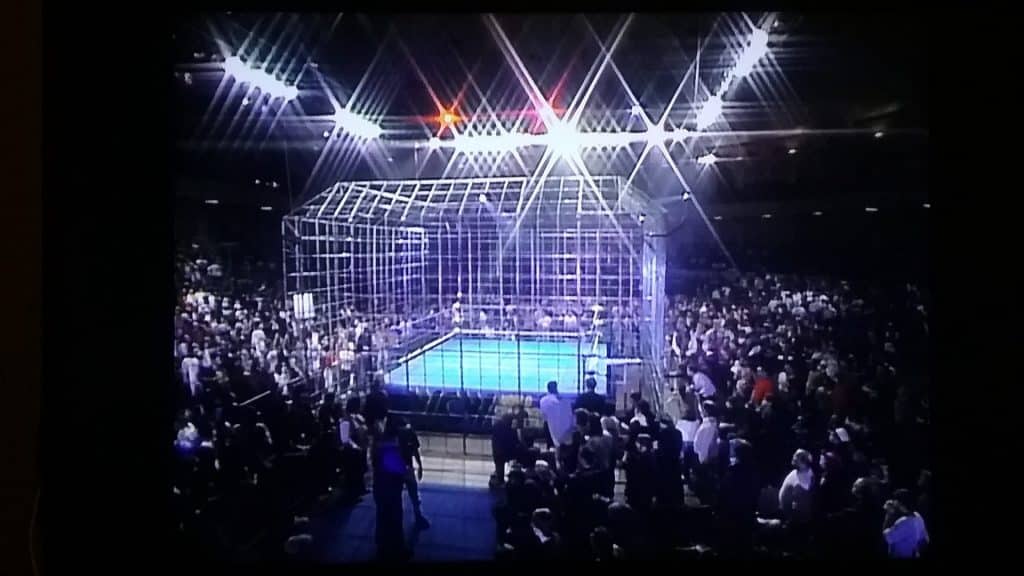
The two teams were to meet in a “come-as-you-are” (in wrestling always means jeans and cowboy boots) ThunderCage match. The ThunderCage, first introduced at Halloween Havoc 1989, was a precursor to the Hell in a Cell, with the cage surrounding the ring’s exterior. However, on the way to the show, things got complicated.
With Rude unable to compete, Watts (who it turned out was in the final month of his tenure running WCW) saw an opportunity to shake up the main event scene. On the Main Event, a one-hour Sunday Night WCW program, Vader’s manager, Harley Race, set a match to determine who would take Rude’s place on the team. The unlikely choices were Cactus Jack and Orndorff.
Wonderful brought his pedigree, but after almost seven years away from the spotlight, the WCW audience needed a re-education into Mr. Wonderful. Cactus, who also had a short stint in WCW in 1990, returned to the company in the fall of 1991, where he and Abdullah the Butcher feuded with Sting. The program helped make Cactus Jack a top-tier player in the company. Sting and Cactus would reignite their feud at Beach Blast the previous June. Much like Beach Blast, Race made the match no disqualification, which would seem to fall right into Cactus Jack’s domain. However, from the get-go, it seemed Race had other ideas in mind.
In truth, Mick Foley’s reckless style was winning him fans across the country. Watts recognized that a tide was shifting in the crowd and saw an opportunity to give a veteran like Orndorff, someone the crowd would never cheer, another shot. The match was ahead of its time in terms of pacing and danger. Cactus’s willingness to sacrifice his body is so vastly different from everything else in the company. As the match spills outside, Race always rolls Cactus back into the ring.
Feeling that Harley was getting himself a little too involved, Cactus perches on the second turnbuckle and launches himself into the former World Champion. The crowd immediately pops. They love it! Vader, however, does not. The WCW Champion comes to ringside and lays Cactus to waste, hitting him with a huge splash off the second rope. Orndorff covers and secures his spot in the Clash main event.
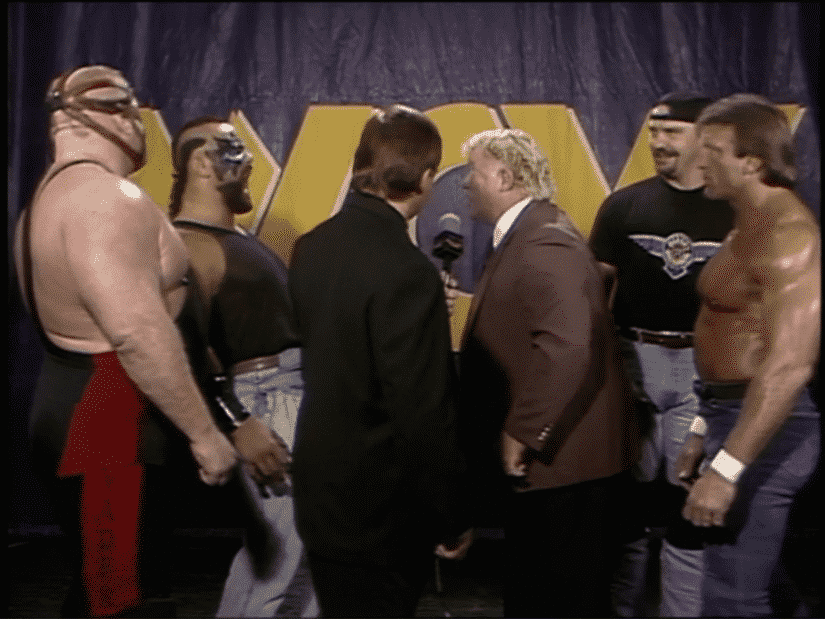
During a post-match interview with Michael Hayes, Harley, Vader, and Orndorff celebrate their victory until Cactus Jack returns with a shovel. After laying his foes out, the heel locker room empties, and Cactus takes his frustrations out on them too. The sight of Cactus Jack whipping the shovel around, smashing the heels is an incredible visual, even by 2021 standards.
At the Clash, things get stranger when Van Hammer cannot wrestle due to an undisclosed injury. Rather than replacing Hammer, WCW decided to take someone out of the heel team. Vader attacked Barbarian, laying him out with a short clothesline. Orndorff follows up with a piledriver on the concrete floor (no mats around the ring in the Watts era). The match is now 3-3. In the opening bout, Johnny B. Badd (aka Marc Mero) took on Cactus Jack. Though Cactus was still officially a heel, the crowd loves him, and he eats it up. Cactus delivered an elbow drop after Band missed a top rope senton for the win. The crowd cheered every step.
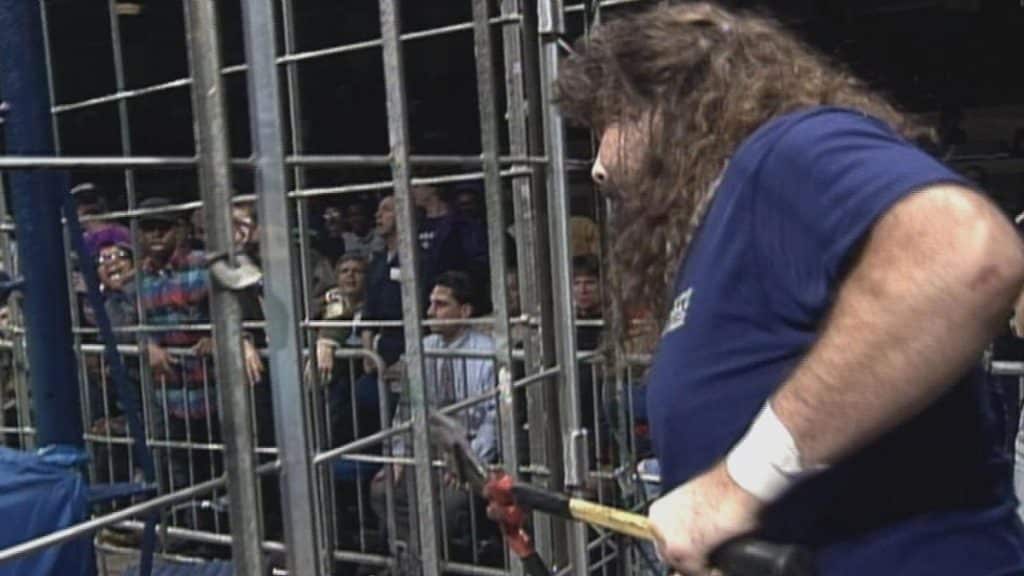
Before the main event, Vader and Race have an in-ring promo to promote the Superbrawl pay-per-view and the champ’s White Castle of Fear strap match with Sting. Simmons runs to the ring to confront the man who took his title. After a brief brawl, Simmons is taken out of the main event, leaving the ThunderCage a 3-2 handicap match. Sting and Dustin fight the team of Vader, Windham, and Orndorff. The babyfaces are, of course, in trouble until Cactus Jack runs to the ring with a pair of bolt cutters (how else is he going to get in that cage?). Jack joins the babyfaces, helping secure the win. The Clash ends with the madman from Truth or Consequences, New Mexico scaling to the ThunderCage as the Milwaukee crowd cheers.
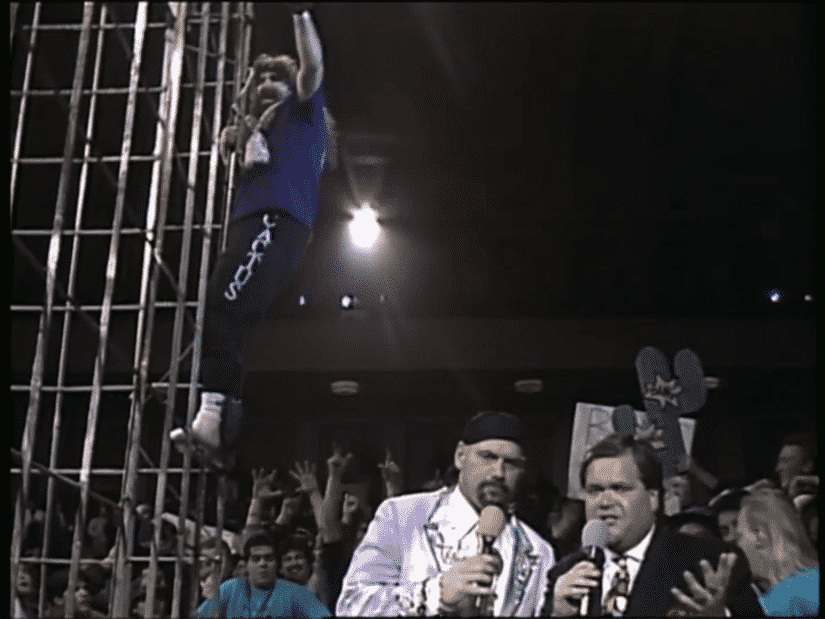
Orndorff and Cactus Jack squared off again on WCW Saturday Night. That match just set up a rematch at Superbrawl. The two would square off again in a falls count anywhere match. Foley is once more at home in the absolute chaos, while the crafty veteran Orndorff is with him step-for-step. The match sets the two for wild ECW-styled brawls that would become popular later in the decade. Cactus Jack’s body flies across the guard rail as Orndorff lays a beating on the new hero. However, in the end, Cactus Jack emerges victorious in the first PPV of the Eric Bischoff-led WCW.
Backstage, Orndorff couldn’t be happier with what was probably the last truly great performance of his career. In “Have A Nice Day,” Foley’s autobiography, the author talks about how Orndorff credited his matches with Foley to him signing with WCW. After the feud ends, both men move into favorable positions with the company. Cactus Jack starts a feud with Vader that stretches until Halloween Havoc. Orndorff eventually won a tournament to crown a new WCW World Television Champion before teaming with Paul Roma and winning the WCW tag team belts.
Orndorff’s in-ring career ended in 1995. Shortly after, he transitioned into a backstage agent position (where he beat up Vader for real) and eventually worked in the Power Plant, helping train talent. Paul Orndorff’s feud with Mick Foley brought him back into the pro wrestling spotlight and set him up with a job in WCW till the day the company closed its doors in 2001. While many speak of his epic runs with Hogan and Roddy Piper, we shouldn’t forget how Cactus Jack and WCW gave Paul Orndorff one last chance to be Wonderful.
